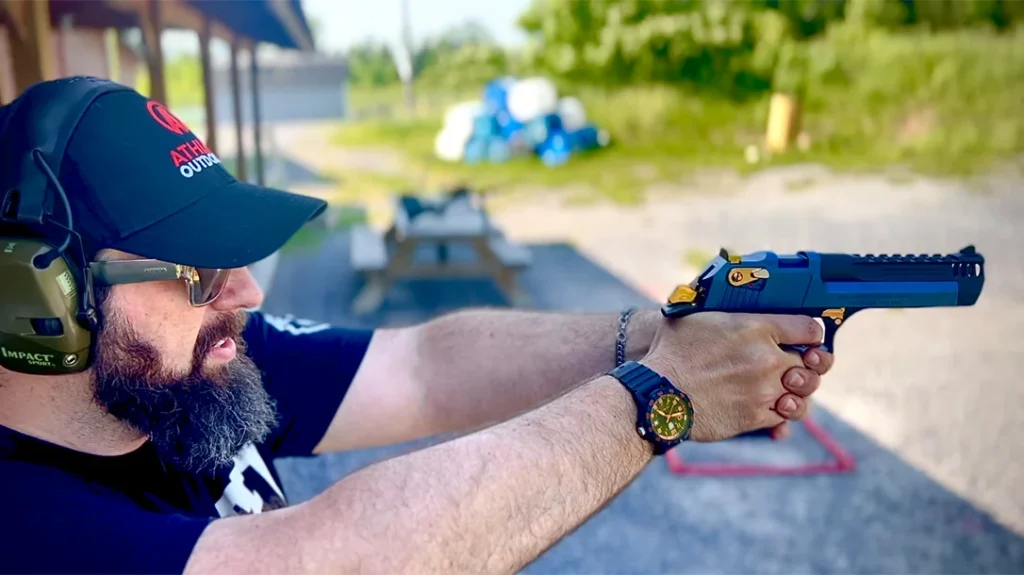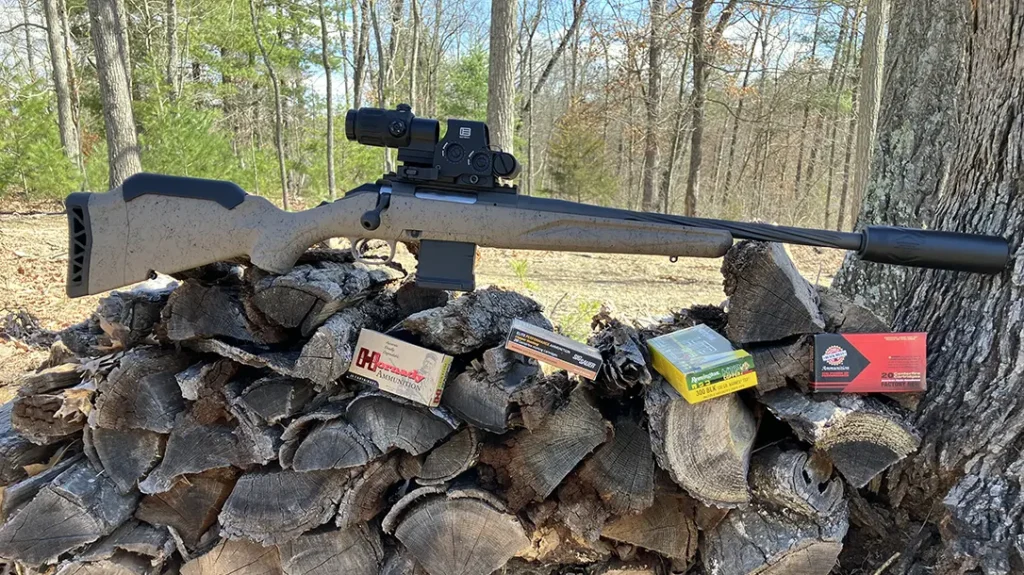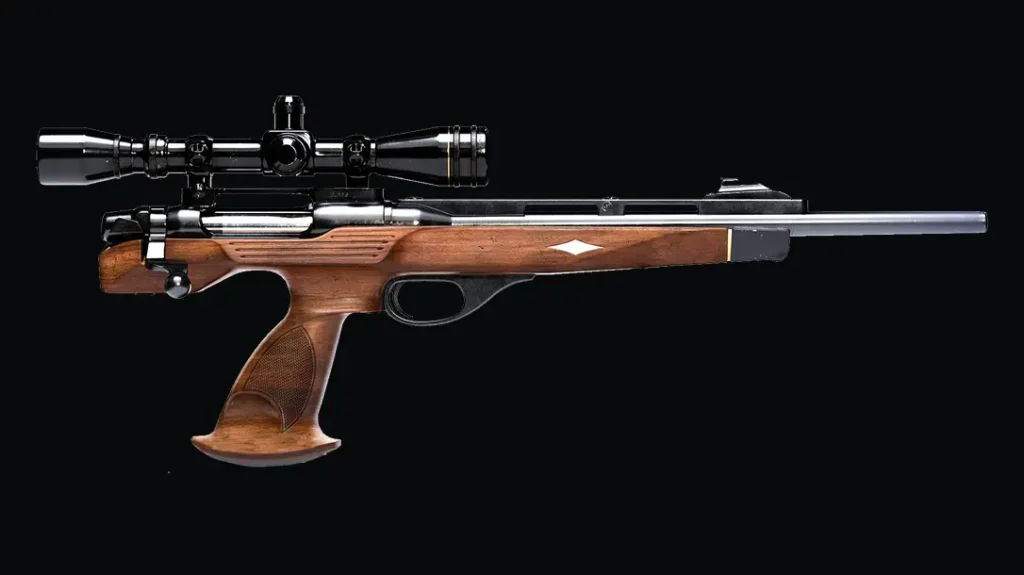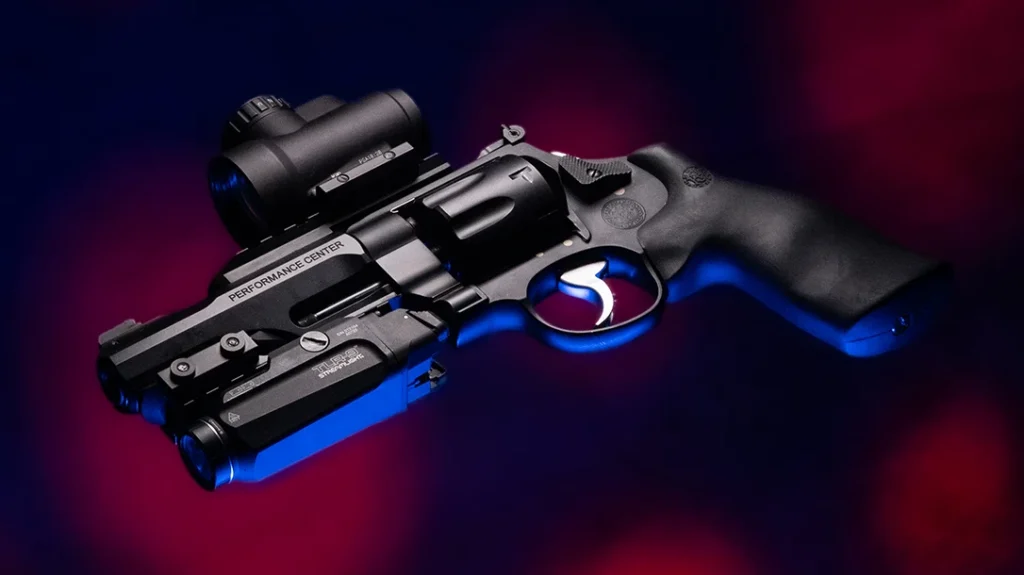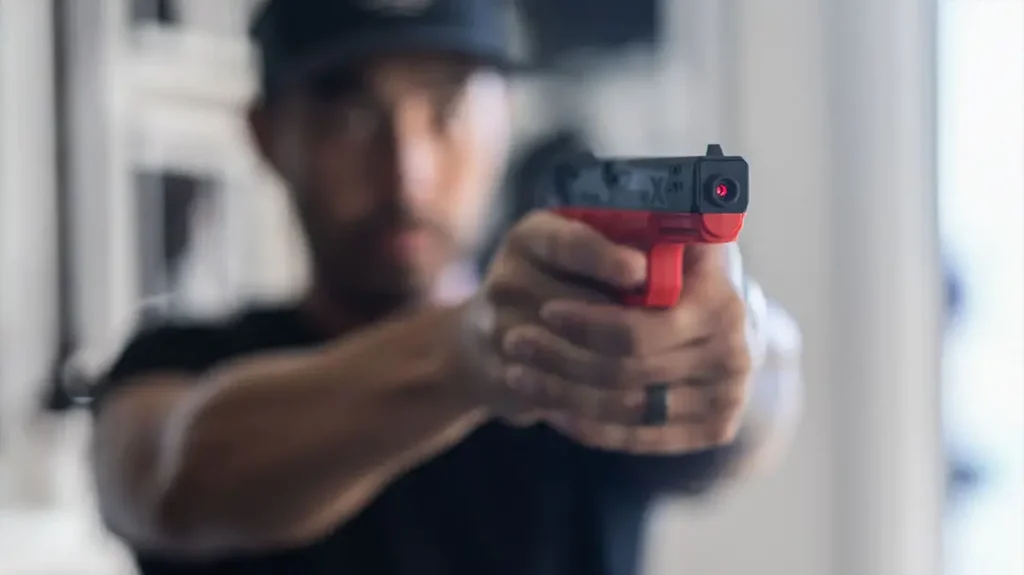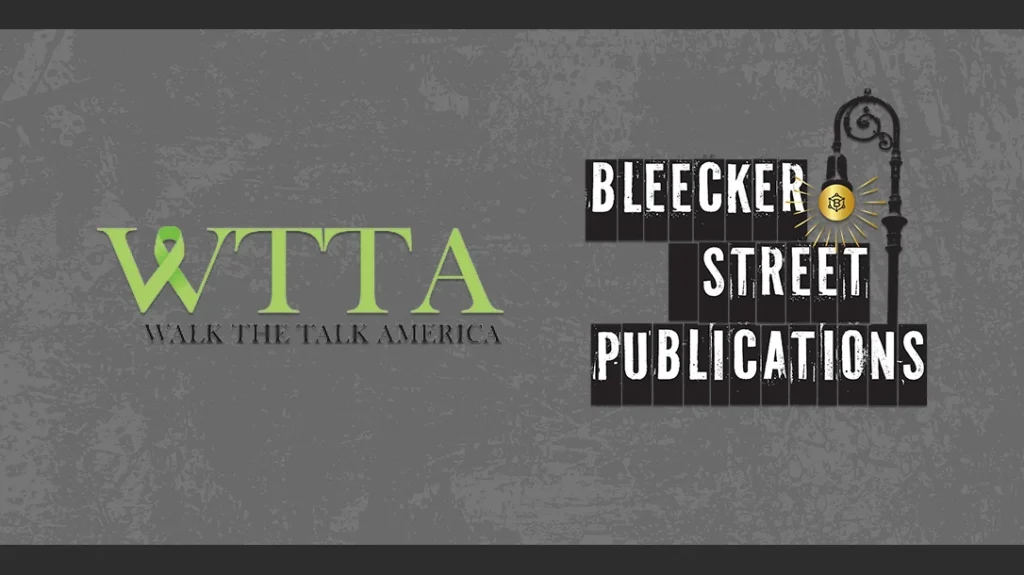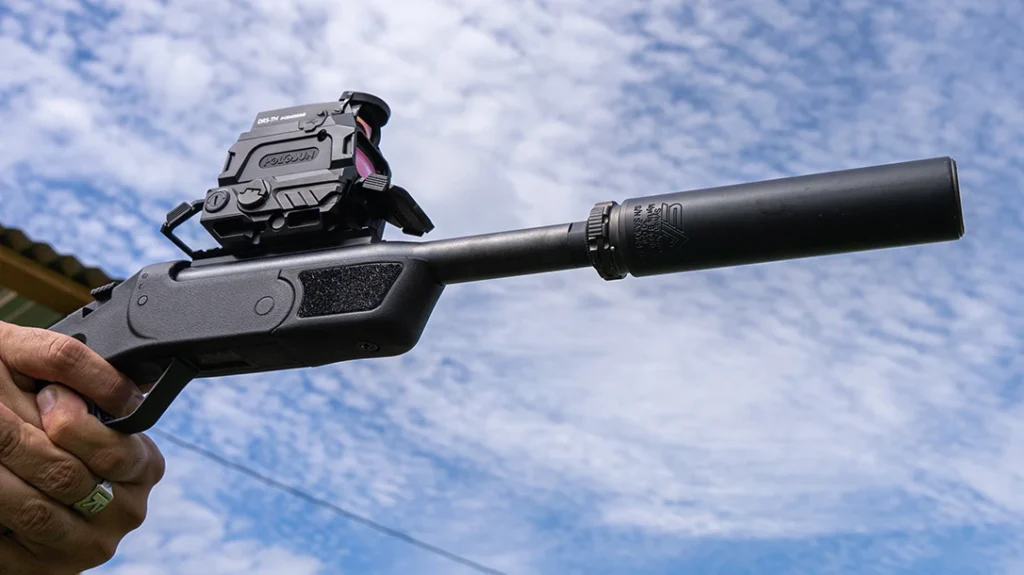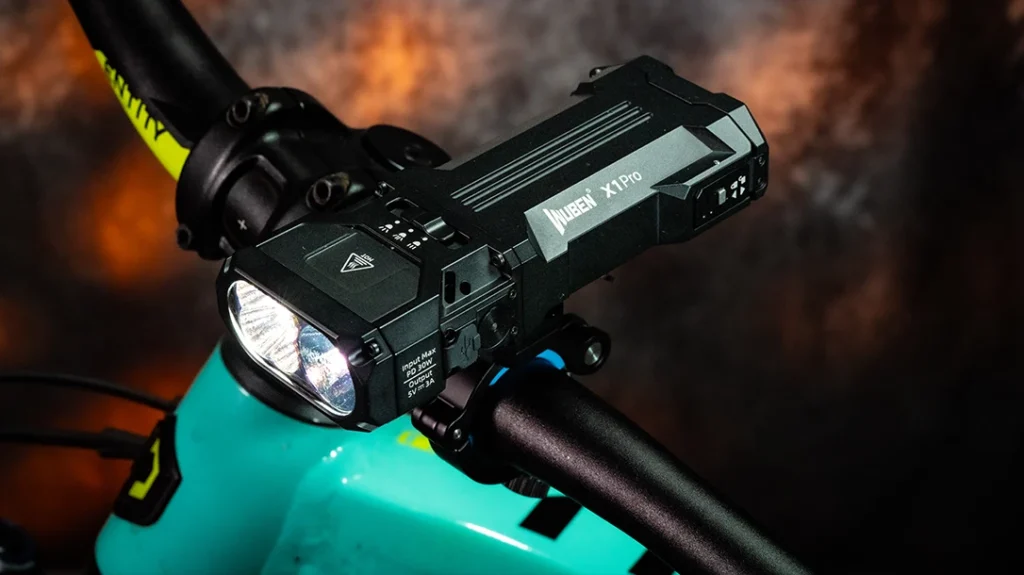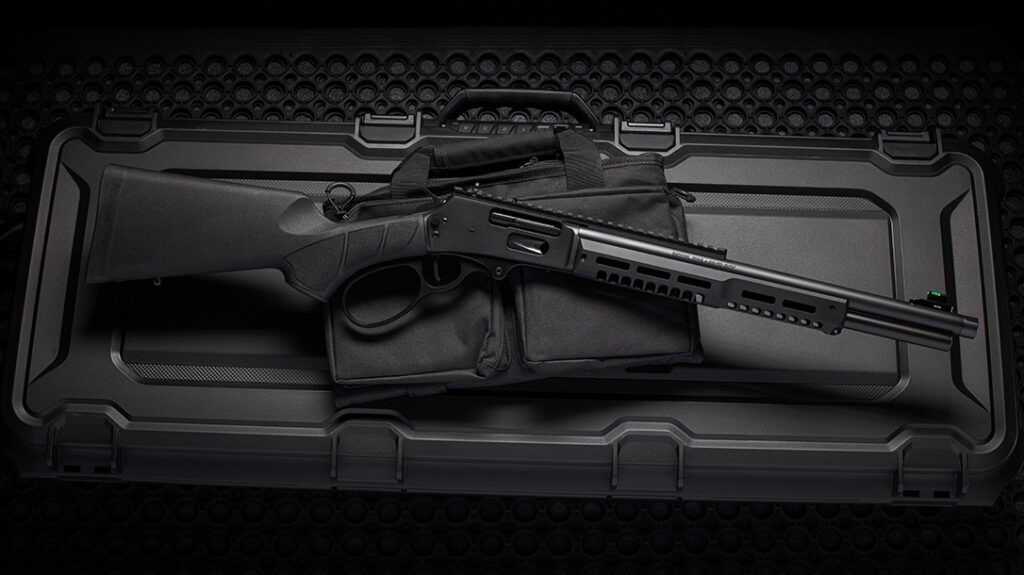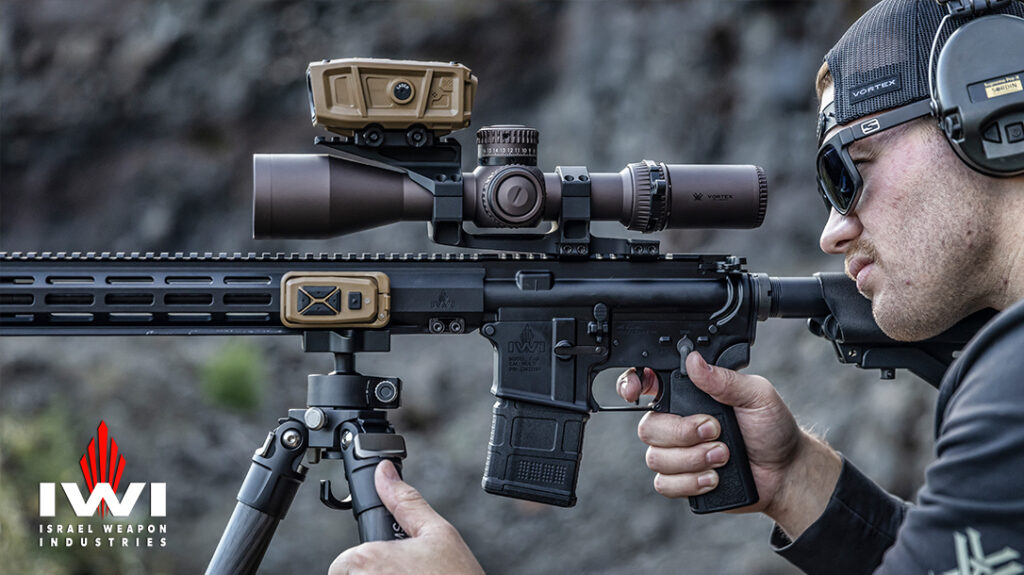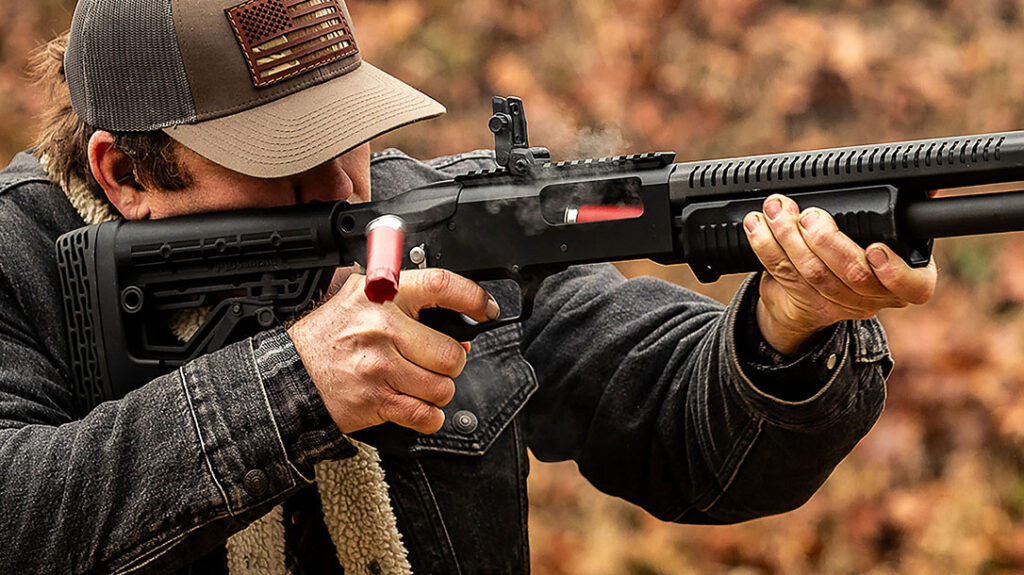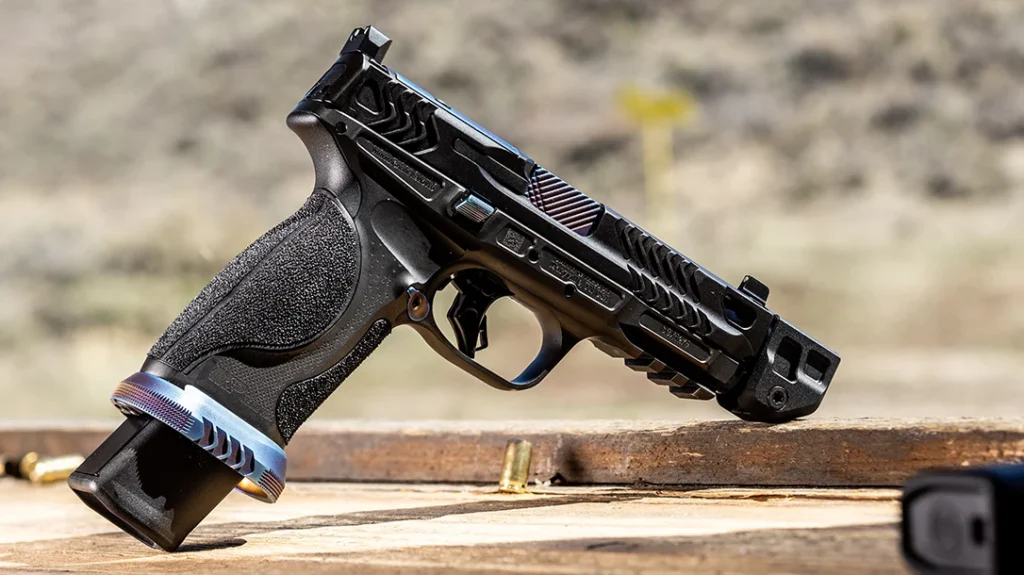In the world of firearms, very few handguns are instantly recognizable from across a room—or across a movie screen. The Desert Eagle is one of those rare guns. Big, angular, powerful, and cinematic, it’s been the symbol of overkill and cool since the late 1980s. But few people realize that the newest model in the Desert Eagle family, the L5, wasn’t just a product of innovation or market demand. It was born out of spite. And maybe—just maybe—that’s what makes it so good.
Born of Spite: The Desert Eagle L5
The story of the L5 isn’t just about mechanics. It’s a story about what happens when bad legislation tries to kill a legend—and fails.
Deep Legacy of a Heavyweight
Before we get to the L5, let’s talk about the DNA it comes from. The Desert Eagle was originally developed in the U.S. by Magnum Research Inc. in the early 1980s. Its gas-operated action—typically reserved for rifles—made it capable of cycling massive revolver cartridges like .357 Magnum, .44 Magnum, and .50 Action Express. It was, and still is, an engineering feat in a world of tilting-barrel .45s and polymer compacts.
Advertisement — Continue Reading Below
Manufacturing bounced around early on—Israel Military Industries (IMI), Saco Defense in Maine, back to Israel, and eventually landed in Pillager, Minnesota, after Magnum Research took production in-house in 2009.
Along the way, it became the gold standard for oversized power in a semi-auto platform. Then, in 2010, Kahr Arms acquired Magnum Research. This brought the iconic hand cannon under the same roof as some of the most carry-friendly pistols in the business.
Then came New York.
Advertisement — Continue Reading Below
The SAFE Act
In 2013, New York passed the SAFE Act—a sweeping piece of legislation aimed at curbing “gun violence.” It introduced magazine restrictions, registration mandates, and an unusual (and mostly overlooked) regulation: a weight limit for handguns.
The number they picked? 50 ounces.
That might sound arbitrary, but it had one very specific result: It banned the Desert Eagle. The steel-framed models in .50 AE weigh north of 72 ounces. Even the lighter .44 and .357 Magnum models wouldn’t make the cut. It wasn’t just a ban—it was surgical.
Advertisement — Continue Reading Below
Now, most companies might have shrugged, written New York off, and moved on. And in one sense, that’s exactly what Kahr Arms did. They relocated operations out of New York, citing the “hostile business environment” and the challenges of being a gun maker in a state actively legislating against their existence.
They moved everything to Greeley, Pennsylvania, leaving the Empire State behind. But the company didn’t leave its shooters behind.
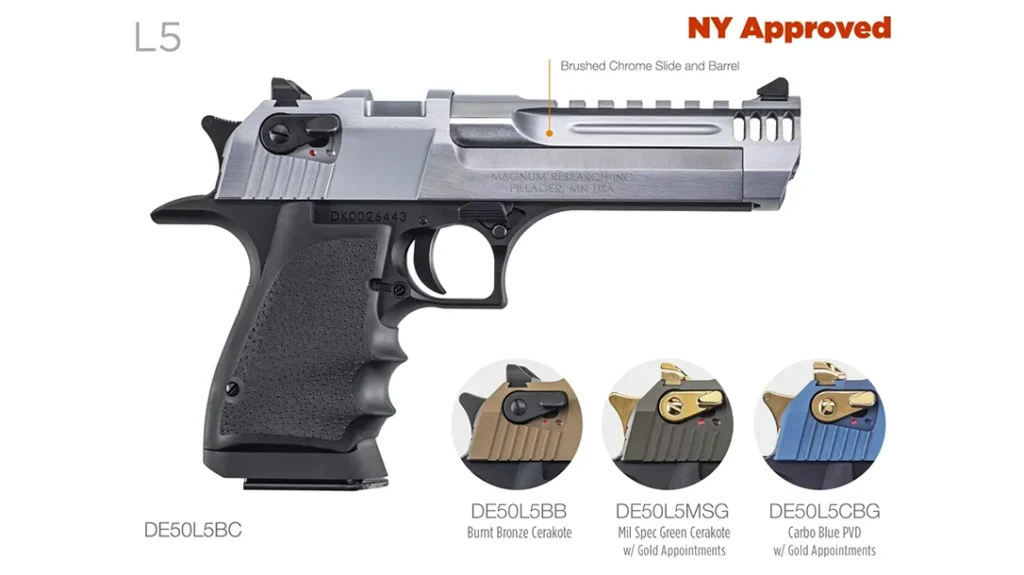
Advertisement — Continue Reading Below
The L5: A Gun Born of Spite
Rather than watch the Desert Eagle disappear from New York shelves, Magnum Research decided to fight back. Not with politics, but with product development.
Enter the Desert Eagle L5. This wasn’t just a lighter Deagle. It was a complete redesign.
The L5 features a 5-inch barrel instead of the 6-inch or 10-inch options available on the standard models. It uses a hard-coat anodized aluminum frame, which shaves off a ton of weight compared to the steel-framed originals. The slide and barrel remain carbon steel to handle the pressures of magnum cartridges. However, the frame makes all the difference.
Advertisement — Continue Reading Below
Even with an integral muzzle brake, the gun tips the scales at just 48.6 ounces—1.4 ounces under the New York legal limit. It’s no accident. This thing was engineered to be compliant right down to the decimal. The result is a gun that threads the needle of restrictive legislation but doesn’t compromise on the Desert Eagle experience.
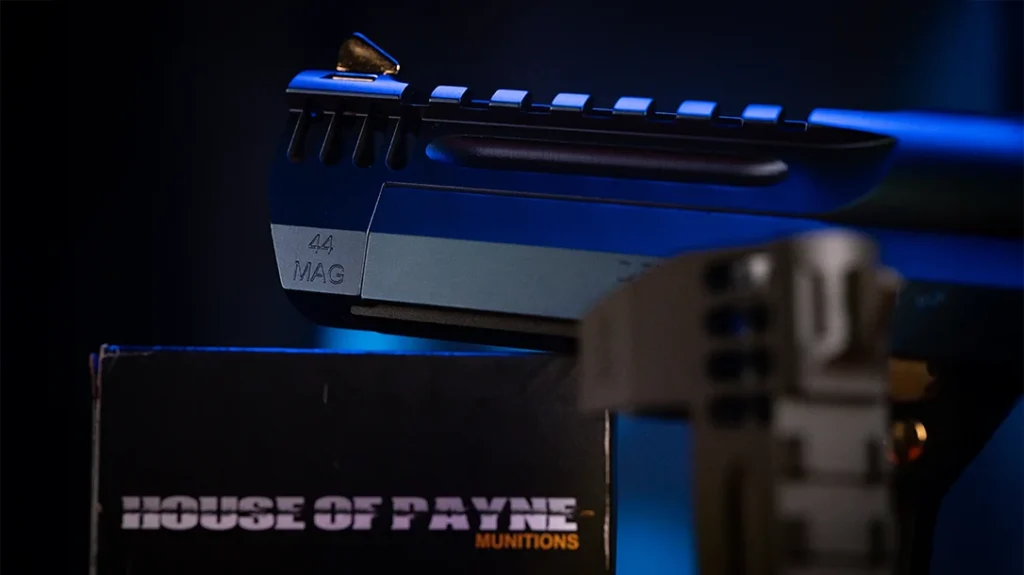
It’s not easy to make a big gun shoot light and stay cool. But the L5 does it. And the fact that it exists at all? That’s a middle finger to overreach—and a masterclass in finding freedom inside of constraint.
Advertisement — Continue Reading Below
Shooting the Desert Eagle L5
I wanted to see if this lighter, trimmed-down Desert Eagle could still deliver the full experience. So, I loaded up and hit the range with a mix of Hornady .44 Magnum and HOP Munitions .50 AE.
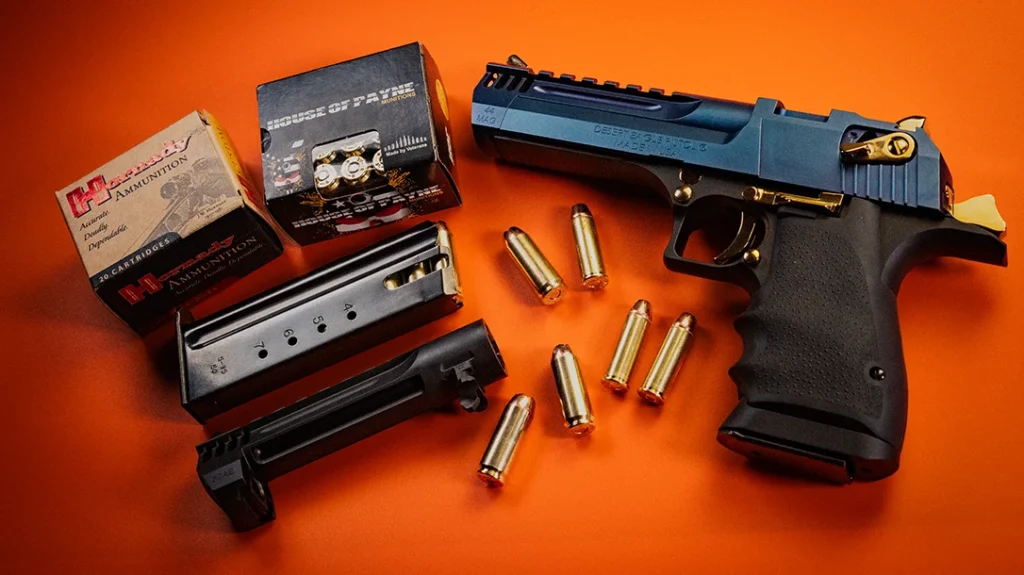
Let’s start with the HOP loads. I love those guys, and their delivered quality is very high. These .50 AE rounds were running a 300-grain jacketed hollow point, averaging 1,256 feet per second, measured with my Garmin Xero Chronograph. Recoil was definitely stout—but manageable. The integral brake did its job, taking the edge off the muzzle flip and keeping the sights within a recoverable window. It’s still a powerful, visceral gun—but it’s not abusive.
Advertisement — Continue Reading Below
I also tested Hornady’s 200-gr XTP .44 Magnum, which clocked in at 1,300.9 fps, and their 300-gr XTP, which ran at a milder 984.1 fps.
The HOP Munitions load stood out. Their 300-grain slugs landed a 2-inch group at 40 feet. For a gas-operated pistol with this kind of power, that’s more than acceptable.
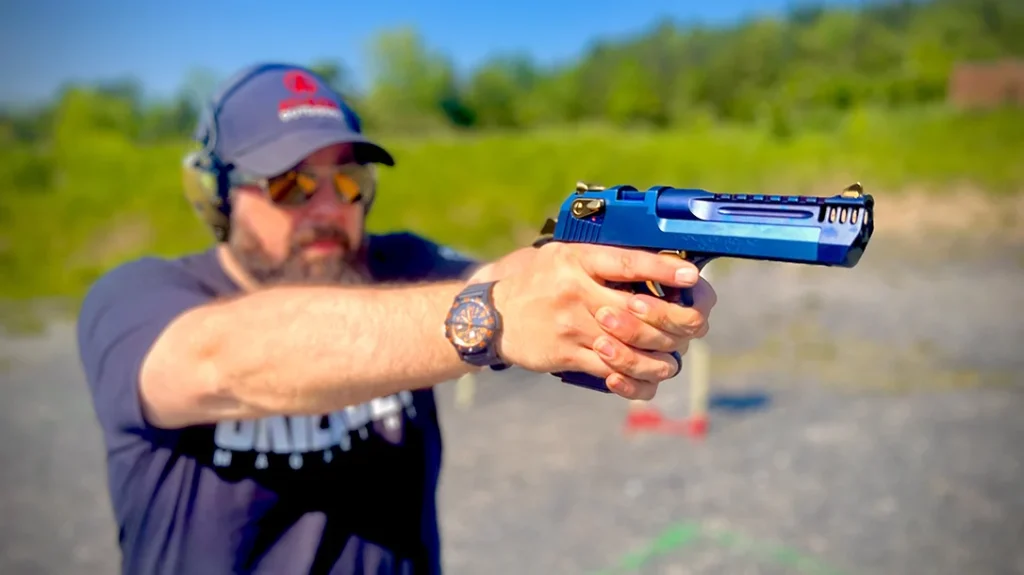
What impressed me most wasn’t the raw numbers—it was how the gun handled that power. The L5 doesn’t feel flimsy or twitchy. Despite the weight reduction, it retains the same confidence and stability as its heavier siblings. Trigger press was clean, reset was predictable, and feeding was flawless across 50 rounds.
Advertisement — Continue Reading Below
Flash, Substance, and a Touch of Gold
At SHOT Show 2025, Magnum Research unveiled new finishes for the L5—and they didn’t hold back.
I had the chance to handle the blue and polished gold L5 (exactly what I requested). It’s what you’d expect: completely over-the-top, but in the best possible way. Think of it as the tuxedo version of the Desert Eagle. It’s not subtle—but it’s not supposed to be. You don’t buy an L5 to blend in. You buy it to make a statement, on the range or on the shelf.
That said, even with its flashy accents, the L5 feels like a serious gun. The fit is tight and the machine work is clean. The finishes are applied with care, not just slathered on for show. It’s a legitimate shooter with custom shop vibes, and it manages to deliver both function and spectacle without compromising either.
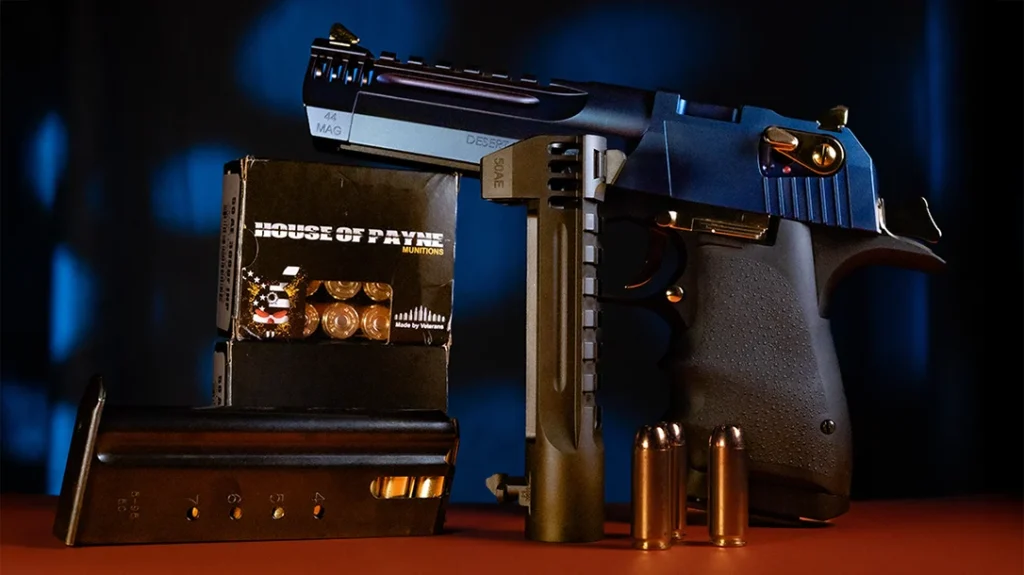
Why This Gun Matters – More Than It Should
On paper, the Desert Eagle L5 should be a footnote. A workaround. A response to bad law.
But that’s not what it became.
Instead, it’s one of the most interesting pistols in Magnum Research’s lineup. It’s lightweight enough to shoot more often. It’s compact enough to carry in a chest rig or trail setup. And for shooters in compliance-heavy states, it’s a way to own a piece of the legend without running afoul of the law.
Even beyond that, it’s proof that when the industry is backed into a corner, it doesn’t cave. It creates.
New York tried to legislate Magnum Research out of the market. They wanted to make a point. Magnum Research made one back by building a better gun. The L5 is more than just a response to regulation. It’s a rebuke. And it’s damn fun to shoot.
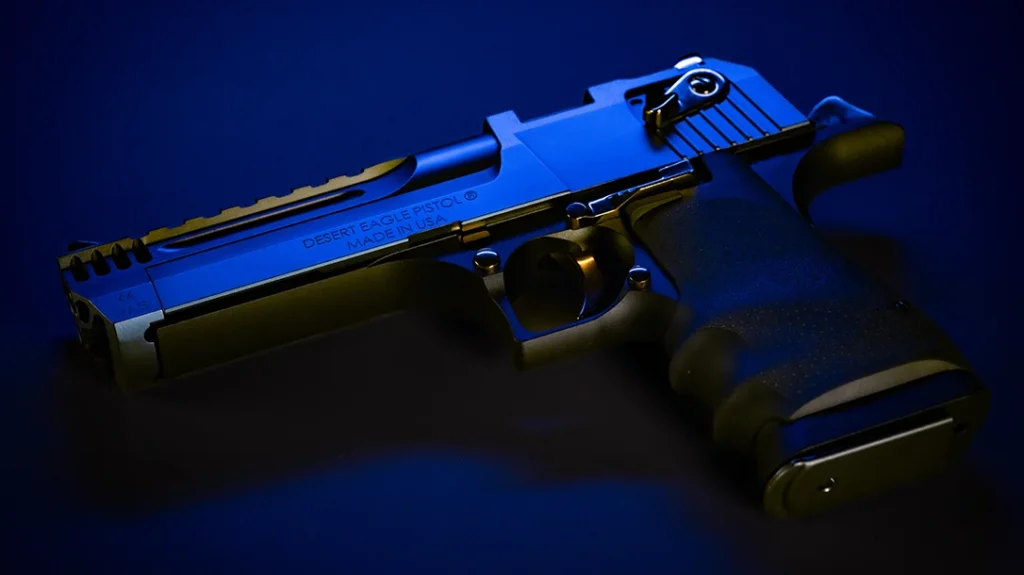
Parting Shots
The Desert Eagle L5 is many things. It’s a byproduct of bad law, a reengineered classic, a technical flex, a cultural icon, and a shooter’s unexpected favorite. But most of all—it’s a win. A win for gun owners in restrictive states. A win for manufacturers who choose to fight back with ingenuity. And a win for every shooter who ever thought, “What if the big gun could be just a little bit lighter?”
The L5 isn’t a workaround. It’s a war cry in aluminum and steel. It wasn’t born because shooters gave up—it exists because we don’t.
